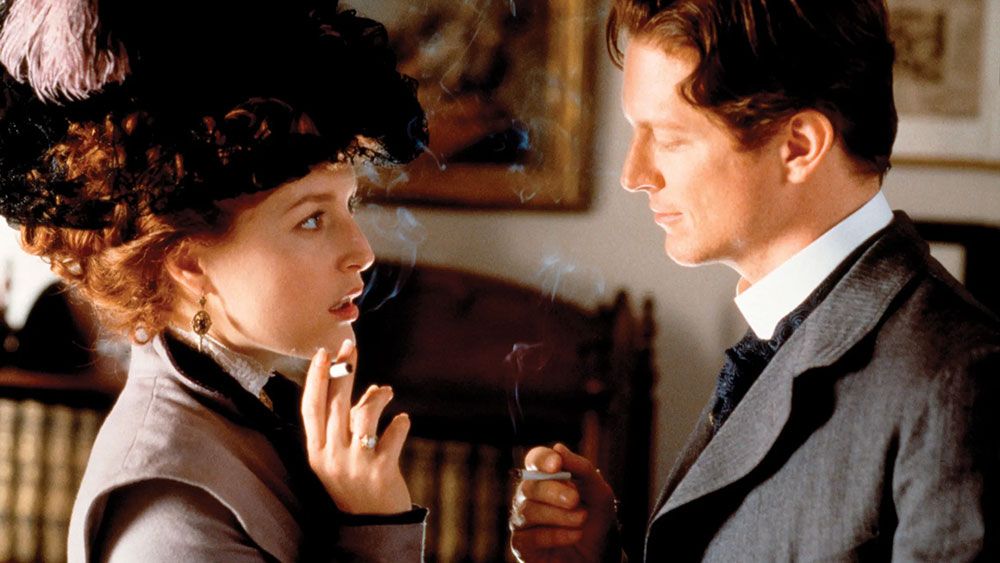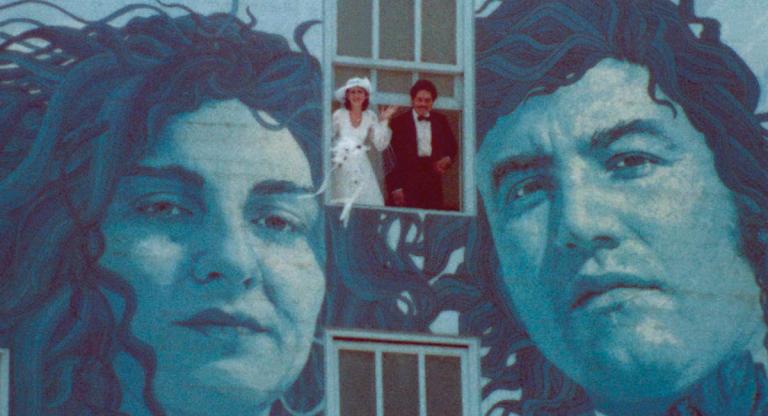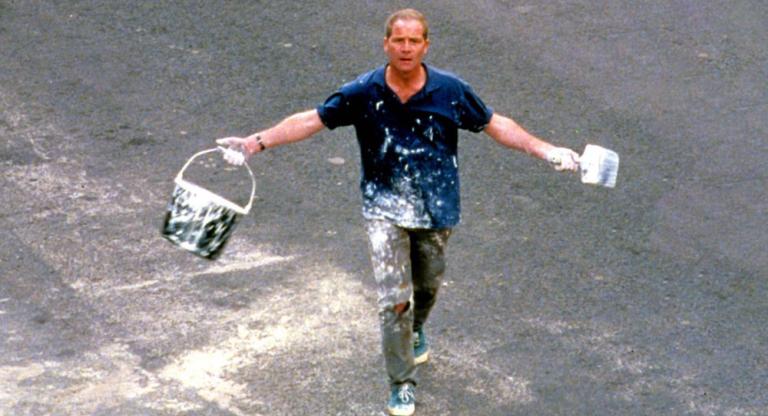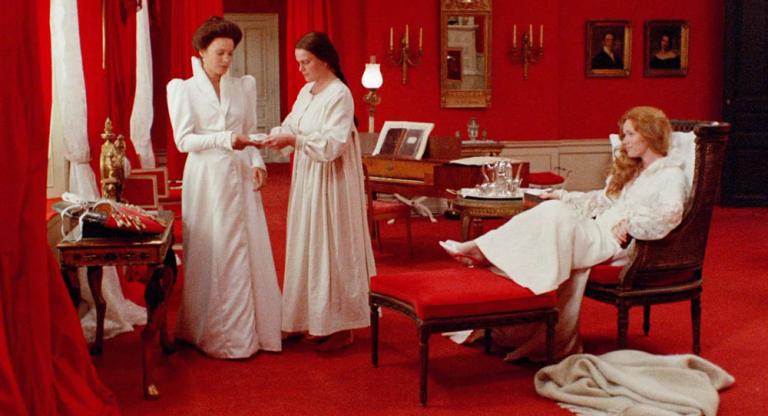Lily Bart (Gillian Anderson) emerges from the steam plume of a passenger train. An opening caption places her in “New York, 1905.” She’s there on business: finding a husband. Without wealth of her own, Lily is a career bride-to-be, a socialite made baldly opportunistic by necessity as much as habit. Hers is a thankless vocation at the turn-of-the-century, when the stock market’s thrills had begun to overshadow old money’s stale ministrations. Maybe there are other ways to live? Lily suspects so, but doesn’t know any. She tries and fails to secure a lucrative match, making bad bets while her capital runs low. By the end, she finds herself disgraced, friendless, and dead. Another caption punctuates the long and static final shot: “New York, 1907.” It’s the future but the world looks the same, like a scene from a Singer Sargent painting.
Penned in 1905, Edith Wharton’s The House of Mirth was a vivisection of the late Gilded Age’s leisure class, which had become pettier and more squeamish due to the rise of modern industry and the nouveau riche. At that moment, Wall Street’s self-made men were an affront to bourgeois social tradition or, as Lily’s aunt (Eleanor Bron) puts it, “in very bad taste.” But they were as inevitable as locomotives and almost as fast. (They were also, as Wharton knew, no real threat to the old guard, who quickly incorporated them.) It’s no accident that the film first gives us Lily at the site of modernity’s originary shocks—the train. She is one such jolt: a new woman caught up in an old style, or vice versa. Lily wants to gamble like a self-made man, like Walter Benjamin’s modern subject who throws dice while the factory worker labors, with no sense of how one gesture connects to the next. Her tragedy is that, being none of these things, it all connects. It’s her bridge debts, and her attempts to mend them through scandalizing stock investments, that ultimately lay her low. Eventually, jolts are engineered out of new technology. That’s how we get forward movement without friction.
Wharton wrote that there were “two selves in [Lily].” In her performance, Anderson understands this well. As The X-Files’ (1993-2002) sober Dana Scully, she was often called upon to ground a moment in a micro-gesture. Absurd scenarios (aliens stealing someone’s child) became affecting (aliens stealing someone’s child) based solely on the way she blinked. Here, she telegraphs Lily’s fundamental at-odds-ness in two minor vocal registers: an overmannered mezzo and a guttier whisper that suggests she can stomach much, but not everything. Early on, she answers an ill-advised invitation from Lawrence Selden (Eric Stoltz), an unsuitable bachelor to whom she’s painfully attached, with a single line and a lift of her eyes that suggests an entire character study. In Terence Davies’s reserved directing style, the moment is arresting: the camera comes close and Anderson quarter-turns into it, evoking Winona Ryder’s assertive epistolary address in Scorsese’s comparatively bombastic The Age of Innocence (1993). She says, “I’ll take the risk.” Playing small is a hard thing; it’s what Lily never masters. But Anderson blinks, or smokes a slow cigarette, or snaps her wrist just a shade too hard to catch an extra drop of chloral—and it’s the little things, really, that get us in the end.
The House of Mirth screens this evening, March 3, at the Museum of the Moving Image on 35mm as part of the series “Snubbed 2: The Performances.”



